
NAMASTE, AND WELCOME TO
Playing In Nature
Foster a Love for Nature & Travel Blog
Playing In Nature is a passion project blog of mine. That is focused on inspiring other families to disconnect from their daily lives and foster a love for nature. My blog shares a variety of blog posts and guides to help your family get outdoors and plan your trips safely as well as some travel destinations in and around the UK.
I hope that through my tips and resources we all can inspire other families to foster a love for nature in themselves and their children too. Let’s start a generation trend of loving, caring for and respecting Mother Nature.
Where would you like to go?


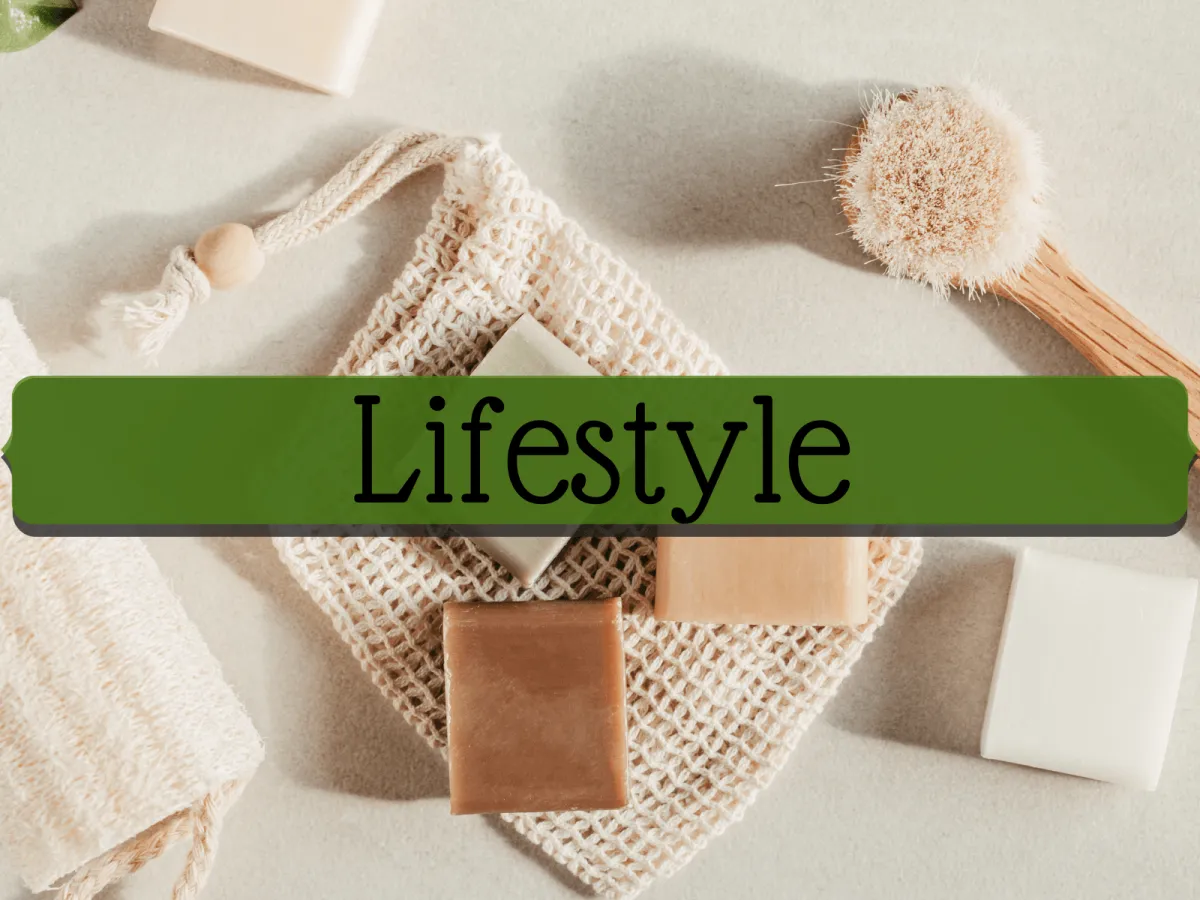
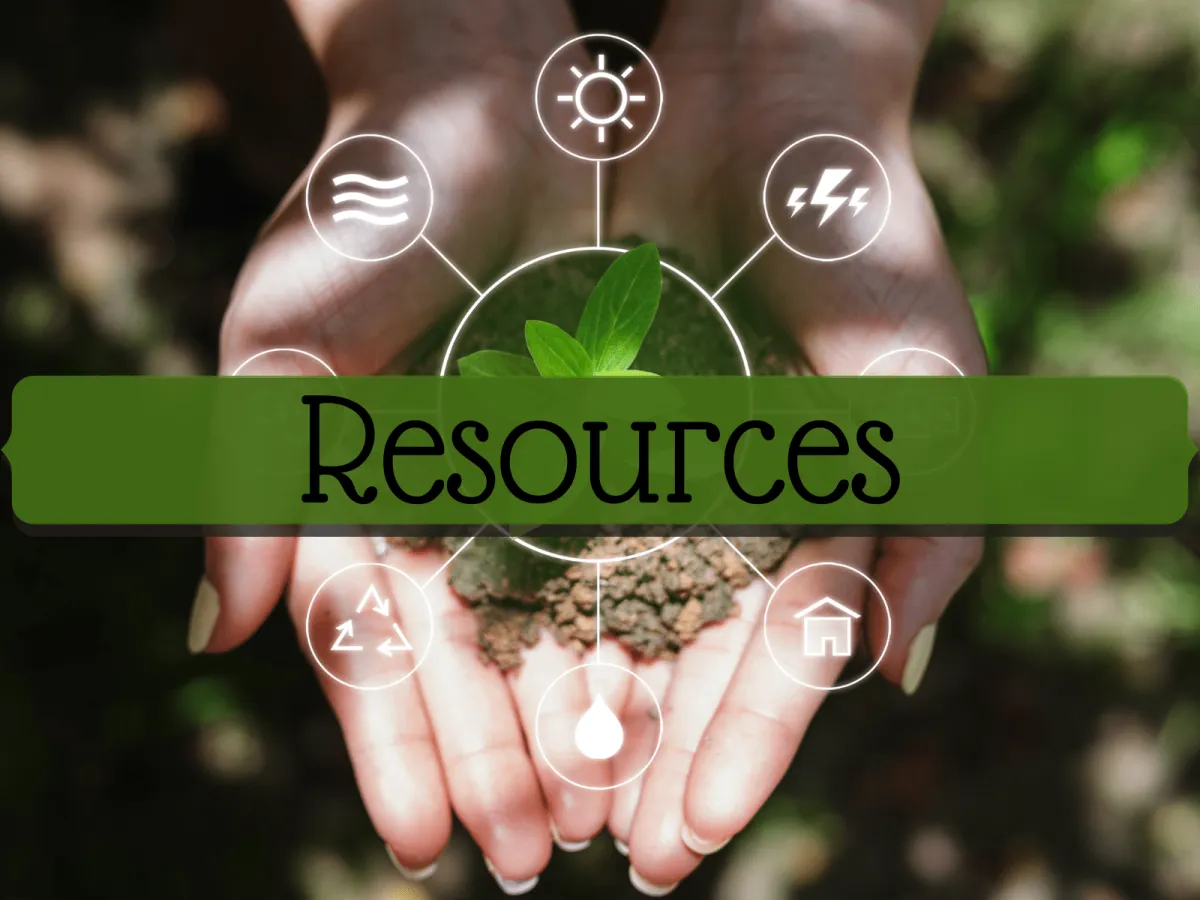
Namaste, I'm Charmaine Howard
I'm the storyteller behind Playing In Nature. I am a wife, business owner, fur baby mother and an absolute fanatic about Nature and treating her respectfully. Through my blog, I hope to help families of all ages foster a deep love and respect for Mother Nature, and inspire families to spend more time outdoors or just connect to it as best as they can.
I absolutely love permaculture and holistic land management and what they stand for and do when implemented correctly and fully. My goal is to share my love of nature with you, give you tips, and guides and increase your nature knowledge.
I am currently based in the UK, living in a caravan with my husband and fur baby. We are traversing the whole of the UK, with Scotland, Ireland and hopefully the Isle of man as well. Such Fun!
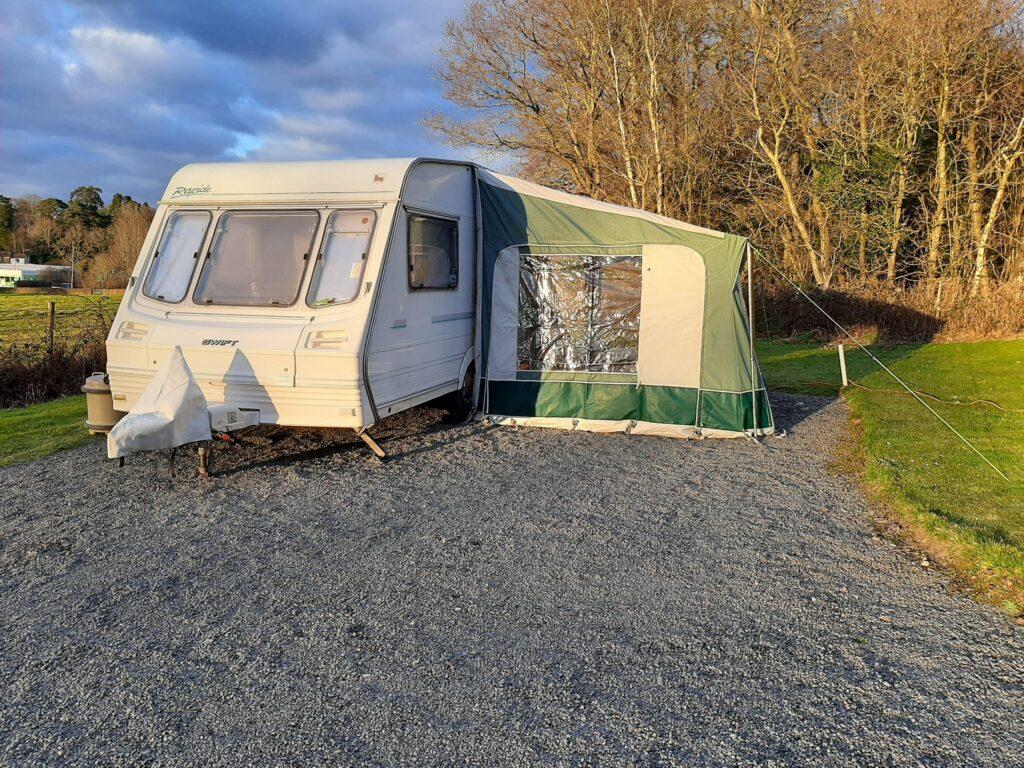
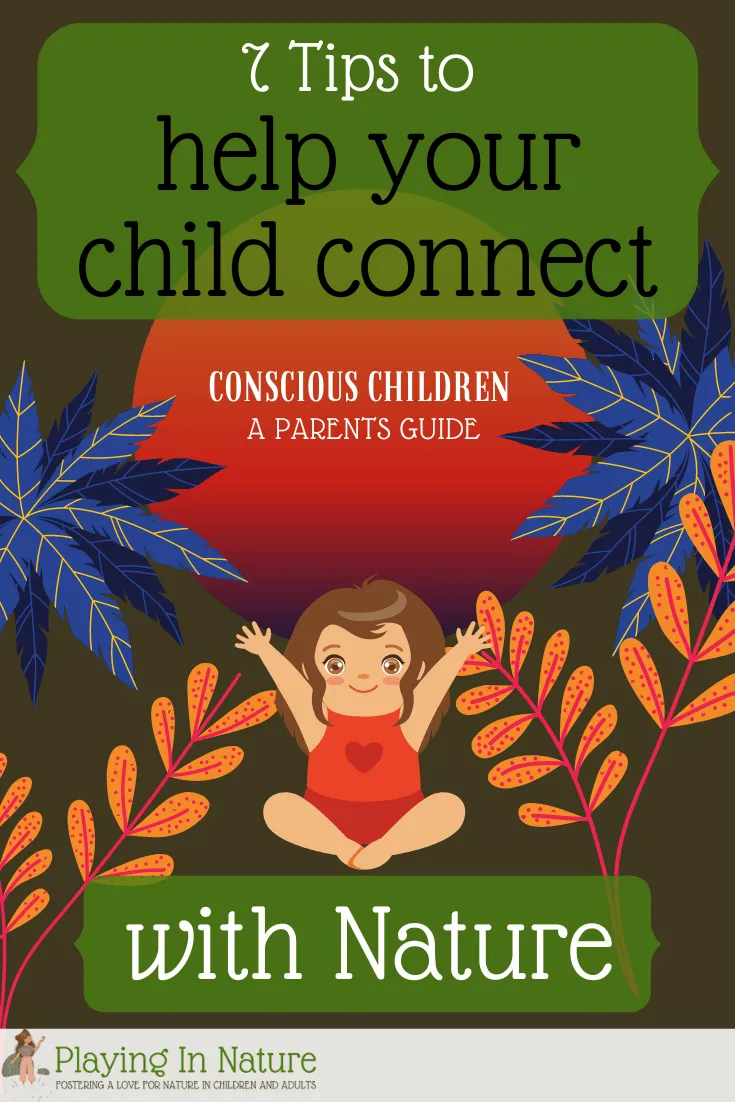
7 Tips to help your child connect with Nature
Growing up I inevitably ended up playing outside. Whether it was bike riding, making mud pies, or playing make-believe games; it didn't matter. What mattered was that I was interacting with Mother Nature/Gaia; I was learning about her even though I didn't even know it at the time.
In today's day and age, so many children and adults do not go outside if they can avoid it they will. The magic of Nature is being forgotten.
I'm here to help you as a parent who has not completely lost your love of Nature help your children find theirs.
Lead by Example
You need to teach by example if you show them your enthusiasm, and eagerness to be in, express love and respect towards and learn from nature they will undoubtedly follow suit.
The deeper we as adults go into our connections with nature, the better we’re able to pass these gifts on as parents and teachers.
A lot of nature educators, mentors and teachers I have spoken to advise that before you can mentor or lead you need to have a substantial knowledge base yourself first. They say, "Your ability to ask questions and share relevant insights about plants will only be limited by your connection to plants."
I neither agree with nor disagree with that statement as I have found that being honest with kids about your knowledge and showing a willingness to research and educate yourself only motivates them more.
So let them see your joy, excitement and enthusiasm and allow them to feed off of it.
I have found that more important than sharing knowledge is showing them how to love and respect nature, which fosters something more tangible and long-lasting.
If that is the only thing you pass on, you are on the right track to helping them connect to nature on a much deeper level that will last a lifetime.
Curiosity Spark
Curiosity is always the first step in effective learning.
Have you ever tried teaching something to a child who wasn’t curious about what you wanted to share? It doesn’t work!
Something incredible happens when you put children in a natural setting and give them unstructured playtime. They naturally start to explore and ask questions about their environment!
Then all you have to do is catch the moment and help it grow. Your job is simply to facilitate and see what happens.
Ask yourself:
What am I curious about in nature?
What are the kids curious about in nature?
How can we share our curiosity?
You can never predict what will catch the attention of a child. It might be bugs or flowers or fort-building or sliding down hills. At first glance this much unstructured time outside might just look like play, but on closer inspection, you’ll discover that nature is a big classroom. Nature is ripe with opportunities to promote insight, critical thinking and scientific discovery.
Do not try to force curiosity, by that I mean if you can see something that interests you and you want to know more or look into it more and they do not, do not force them. Rather, invite them and if they are not interested; go ahead and investigate it further without them, you may attract them with your curiosity energy. Show them your curiosity, eagerness and excitement and allow it to wash over them. If it doesn't; no matter, it may next time.
And here’s how to take advantage of their curiosity.
Step Back & Observe
Observation tells you what children are excited to learn before they realize it for themselves...
Sometimes the best thing to do is to step back and observe your child in play.
Children play differently when they aren’t being controlled and directed by adults. They drop into a natural rhythm of activity being led by their own goals & interests.
This allows you to watch their behaviour and spot trends that will help you coax them into discoveries and insights about plants, birds, ecosystems, seasons, etc if they need coaxing.
Here are a few easy steps to becoming an Observer.
Observers use their eyes.
🟢The eyes are silent and won’t interrupt your child's curiosity; not their concentration, their choices, their conversations, or the creative learning ‘zone’ they get into when playing.
🟢Anchor yourself in a place where you can see them and they can see you.
🟢If you move away without warning, this can be distressing for the child. It is just as important for them to be able to see you, as it is for you to see them.
🟢If you can make eye contact you are giving them all the support they need.Observers use their voice only when necessary.
🟢When you are supporting someone with your eyes, you do not need to use your voice. You watch, silently.
🟢If you feel the need to be closer just in case, step in. You will be amazed by the effect your increased nearness has on the play.
🟢While you are quietly observing, tune into your inner voice and just notice if it is busy giving you directions and stories. You’ll very likely hear your doubts and fears. Remember, they are your doubts and fears, and observers don’t pass them on.Observers place themselves strategically.
🟢Your physical presence is the anchor point of safety for any child who is off playing. 🟢An anchor doesn’t follow the boat around, it stays put.
🟢Stand or sit somewhere and be the ‘anchor’ your child is counting on.
🟢If you do feel a certain situation requires you to move closer, silently move into a position from which you could intervene and offer support if you needed to. You will notice that situations often resolve themselves when you silently move into ‘support’ without interrupting the play. You will probably feel calmer by being closer, just in case you are needed to physically save the day. That helps.Observers know about risk.
🟢Observers have sorted out the difference between a genuine risk and a hazard. They also have a growing understanding of the different types of play and developmental stages.
🟢Every new stage of any learning involves risk, risk is where the learning happens. 🟢🟢Risking new learning is exciting for the child, and it can also make the parent’s heart jump.
🟢Learning to identify the level of risk to the child, accurately sets you up to be ready to step in should you need to.
🟢Observers who are comfortable with risk get to see pure joy and a sense of self-achievement on their children’s faces.Observers have timing.
🟢When children are in their play, their play takes on a time frame that is very different from yours, it is technically termed ‘flow’ or ‘in the zone'.
🟢When you observe play, let go of your ideas of when you think things should happen; wait to see what unfolds.
🟢Don’t rush in so that you feel safer when your child is undertaking feats you think are risky. Quietly stand close by while you recalibrate their risk level, while they find their capabilities and learn in their play. When you learn to identify the level of risk to your child accurately, you learn that what you used to think was risky and what is risky, are very often two different things.
🟢Give enough time for the child to assess their body position if they are stuck, or after a small fall or tumble. They might be okay to keep going and to self-manage, all that is going on for them, or they might call for you. Wait and observe.Observers wait to be engaged in the play.
🟢Waiting for your child to engage you in the play is beneficial for their learning and yours. It helps them bond with nature more easily and naturally. It helps you learn what kinds of questions rattle around in their head and things that interest them, so that you may select an area or place that can grow that enthusiasm and questioning.
🟢It also gives a sense of trust, that you trust them in their own learning and growing. That trust encourages them to want to learn more.
🟢By waiting for them to engage you first you are not enforcing your ideas, or opinion, or inadvertently pushing them away from you or their play.
Context is Key
The context for connecting children with nature means providing a good space for children to play outside.
If all you do is give space for children to play outside then learning will happen naturally.
One of your biggest jobs as a parent is simply creating or finding a space with enough options for children to choose their own adventures.
Here are some examples of ideal outdoor classroom spaces that always provide hours of engagement & discovery:
Locations with water features like streams, lakesides, rivers & oceans.
A deep forest location with hiding places and fort-building opportunities.
Gardens with tending opportunities and the ability to watch things grow (and eventually become eaten) over time.
Sandbars for wildlife tracking & construction projects.
Obviously, the need for space will vary with age. Teens will really benefit from adventures into less travelled areas where they can feel the edge of the wilderness.
But don’t underestimate the abilities of especially young children to find excitement and adventure in simple outdoor spaces.
I’ve spent hours exploring mud puddles and watching the movements of worms and insects with my nieces and nephews in just a tiny area of lawn space.
If you ever get stuck for ideas… Just take the kids outside and ask them where they want to go, what they want to do and experience.
Plan with no Agenda
Here’s my simple recipe for connecting children with nature…
Get kids engaged with nature in a sensory way by facilitating activities like wildlife tracking, bird language, harvesting & using things from nature, and observing the patterns/cycles of an ecosystem.
It doesn’t matter HOW you actually implement that plan.
You might have the plan to take them tracking, but before you find any spoor to track you discover a big patch of dandelions.
If the kids are really excited about harvesting dandelions then you shouldn’t try to pull them out of that experience.
Instead, you can join them in their curiosity and nurture this experience.
How do you know these are dandelions and not something else?
Are there other plants that are lookalikes?
Are there any poisonous plants we should be aware of here?
Why are the dandelions growing in this location and not in others?
Do animals eat dandelions?
If so, what animals eat dandelions?
What other animals might we find in a place like this?
And you can still use this opportunity to bring in lessons about tracking and relationships to wildlife…
Look around for spoor or droppings
Are there any insects about?
Are there any birds about?
You’ll always have better results by combining what nature offers and what the kids are most interested in.
Harvest the Memories
This is one of my favourites…
Always remember that what happens after an outdoor experience is just as important as the experience itself.
Learning doesn’t have to stop just because you come back inside.
I always say there are two important phases in the nature discovery learning cycle.
There’s what happens outside in the moment of exploration, and then what happens in the mind of your students as they think & reflect on the experience.
You can help young people reflect on their experiences by asking questions and helping them think more deeply about the memories.
What was your favourite part of the day?
What should we do with all the dandelions we harvested?
What did you learn about plants today?
Does anyone have any other stories about bees? I do!
You can complement outdoor learning with indoor activities like scrapbooking, journaling, drawing, crafts and reading books appropriate to their age group.
This is how one simple encounter with a plant or bird outside can turn into a life-long journey of learning & discovery.
Fun, Fun, Fun
Perhaps most importantly…
Nature connection is always supposed to be fun and engaging.
So if you’re ever out there and it feels like a struggle and not fun at all… that’s a sign that you might be trying too hard, or not paying attention to where the interest of your child/ren is actually focused.
This doesn’t mean that every moment needs to be high energy and exciting.
It simply means that the experience will have a positive feeling without a lot of resistance.
What can we do outside that will be fun, engaging and educational?
Where can we explore, that will be new and different?
What are the ripe opportunities in our current season & climate?
What past passions have I observed in the kids that we could extend more deeply today?
As you can see there’s an entire art & science to the skill of connecting children with nature.
These are just 7 tips that I’ve learned over the years.
Of course, the best way to learn is to experience it for yourself, so get outside and have fun in nature!
I hope you found this blog insightful. If you have a specific question; ask away in the comments section.
Grab your free 7 Tips to help your child connect with Nature e-book here
Grab your free Tips Checklist here
I WOULD LIKE TO INTRODUCE YOU TO MY PODCAST
Chats with Charmaine
This podcast is a way for me to express myself, as my husband will tell you, I have many thoughts, ideas and I suppose beliefs about how life could be better for us all, now and in the long run. How we as a species need to become more conscious so that all life on Earth can live in harmony, supporting and nourishing each other in turn.
I am open to podcast, topics of discussion and thoughts or questions that have been hounding you.

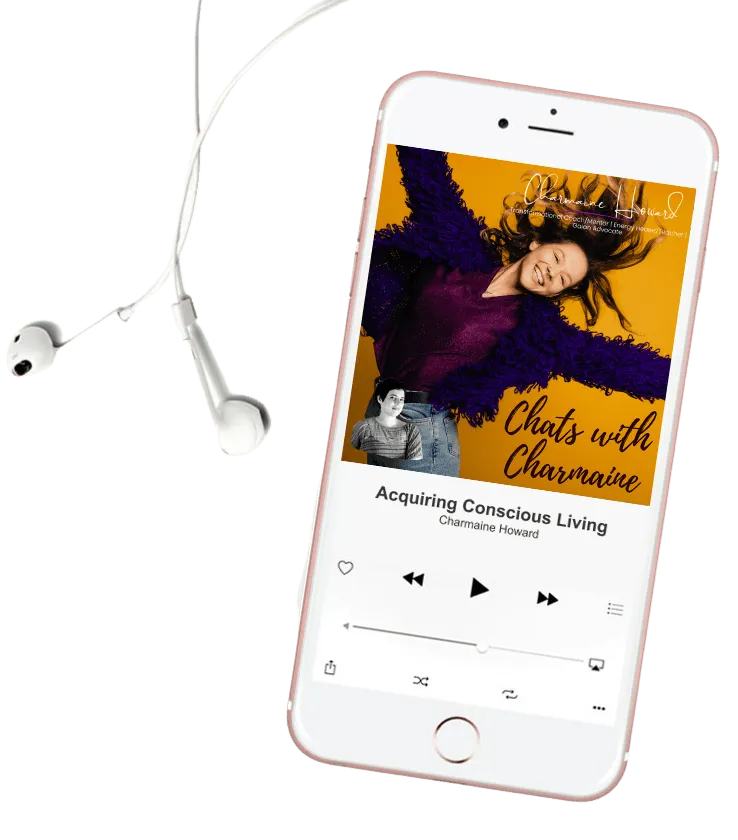
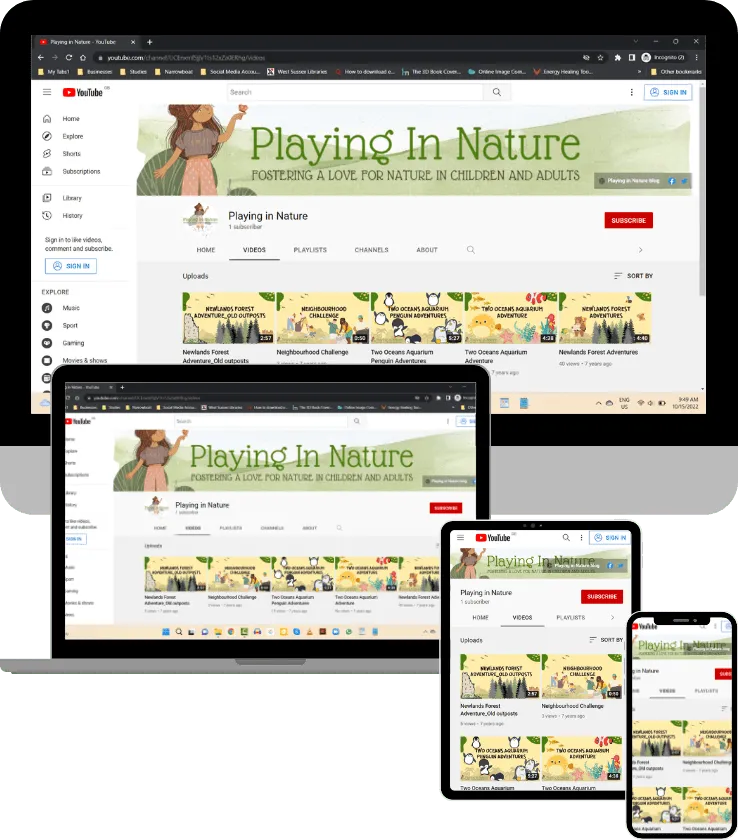
I WOULD LIKE TO INTRODUCE YOU TO MY CHANNEL
Playing In Nature
This channel is a way for me to visually express myself, as my husband will tell you, I have many thoughts, ideas and I suppose beliefs about how life could be better for us all, now and in the long run. How we as a species need to become more conscious so that all life on Earth can live in harmony, supporting and nourishing each other in turn.
I am open to video ideas, topics of discussion and thoughts or questions that have been hounding you.

If you’re like us, there’s a yearning inside of you to connect with nature. You’re tired of life in the hamster wheel and you want to reclaim a little freedom.
To explore either by yourself or with the whole family. No matter where or how far away from home you may go; it does not matter.
Opening your heart up to nature is all that matter
